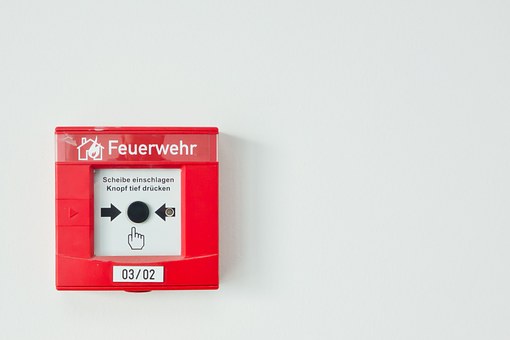Prefabrication: The Future of Hospital Construction
While prefabrication is still in the early stages of adoption in the construction industry, it has already found its way into hospital construction. For instance, the 12-story Miami Valley Hospital’s cardiac center is an excellent example of the application of prefabrication in healthcare construction projects.

Its success is an indication that the future of hospital construction will rely on fabrication techniques, for cost-savings, safer work environment, and fast and efficient construction timelines.
Prefabrication helped in the successful completion of the project and efficient management of the design process through the use BIM, engagement with stakeholders, and building of mock designs to test the suitability of the end product.
Being the first high-end hospital construction project to employ prefabrication, the Miami Valley Hospital cardiac center sets the ground for the future of hospital construction.
The methods used in prefabrication bring a host of benefits in the construction process, which are ideal for increased efficiency and new demands of construction designs.
With an informed approach on prefabrication, healthcare construction projects can yield excellent results and take advantage of the following benefits:
Flexibility
The main benefit of prefabrication is the use of modular construction in which construction is approached as an assembly of different components in a single workshop and transported to the construction site. Doing so eliminated the logistics challenge of transporting raw materials and reduced the overall construction time. It also offers great flexibility in the design process in which different modules can be allocated to different construction units to blend with the building under construction.
High-quality
Unlike traditional construction methods, prefabrication uses a controlled manufacturing environment that is guided by strict standards for the assembly of modules of construction, which yield uniform and high-quality build. Also, prefabrication uses collaboration between crew members with a standard quality check procedure to ensure consistency throughout the construction process. Unlike traditional building methods – where independent contractors in site-built structures using varying methods and skills, – prefabrication uses uniform and standard machinery to achieve a standardized build.
Minimal Site Disruption
Prefabrication implies that the construction site is only used for the completion of the construction since the assembly of building modules is done off-site. As a result, there are fewer trucks, equipment and raw materials at the construction site, which limits noise pollution, accidents, and water wastage. Thus, the construction site flows smoothly with less disruption unlike the chaotic nature of traditional construction sites.
Safety
The assembly of construction modules in a factory-controlled environment, away from the construction sites reduces the risk of environmental problems such as excessive moisture, dust, and injuries caused by equipment used during construction. With the changing weather conditions, a construction site is prone to on-the-job injuries and crew members are less safe in a traditional construction site, which is a non-issue in prefabrication construction methods.
With the profound advantages of prefabrication construction methods over traditional methods, it is only going to be commonplace in the future. Besides, the successful construction projects in hospital constructions will provide a benchmark for future projects and inspire more projects to use prefabrication.


